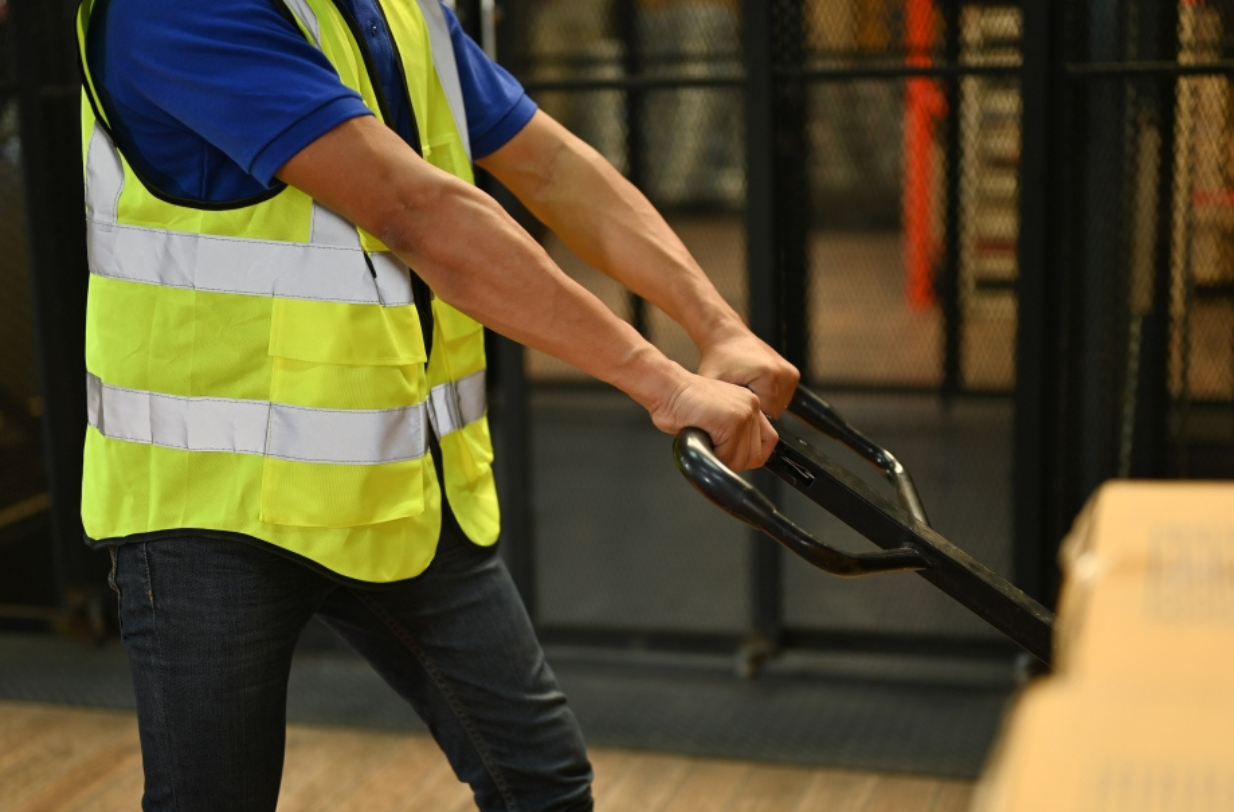Whether we realize it or not, robotics have a massive impact on our day-to-day lives; from industrial robots that aid in production and manufacturing to automatic, self-guided vacuums and other smaller robots that assist with at-home tasks. With how much they help us every day, it’s important that these robots are solidly made and, most importantly, remain mobile. Movement is key to the function of these robots, and robotics casters are specifically designed with these actions in mind.
WHAT ARE ROBOTICS CASTERS?
Robotics casters are the wheels a robot sits on. Often, these are used to move robotic equipment, whether that’s manually (controlled by a human being) or automatically (the robot controls itself or is remotely controlled). When it comes to movement, there are four general categories that robotics casters typicall fall under:
- Standard/fixed wheel
- Orientable wheel
- Ball wheel
- Omni wheel
Each of these wheel types allows for a different level of movement. For example, unlike a fixed wheel that can only spin on a single axis, ball wheels allow for full rotation in all directions. Orientable wheels, also known as balancing casters, help keep the robot stable when in motion and omni-wheels help robots make quick turns, moving in any direction.
WHAT MAKES A CASTER IDEAL FOR ROBOTICS?
Robots need the ability to move and be moved as necessary – whether that’s from a stationary position on a warehouse floor or across your carpet. Without this mobility, these revolutionary pieces of robotics can be limited in the scope of their use. For instance, a robot arm on the floor of an automotive assembly plant may need to conduct its task while standing in place; however, it may also need to be moved for maintance on occassion. For this, the robot designer may choose standard or fixed wheels to keep the robot in place. Whichever is selected, the caster must be abe able to handle continuous use as many robots rest on these casters 24 hours a day, 365 days a year.
For a robotics caster to be fully optimized for use, it needs to have reliable mobility, whether in a home or at an industrial plant. To perform its job correctly, the robot needs to be able to move as necessary without the casters falling apart; something that directly correlates with load capacity. Robotic casters need to have significant load capacity in order to successfully carry and transport the robot from place to place.
HOW TO FIND THE RIGHT ROBOTICS CASTER FOR YOU
First, consider what you need the caster to do. Are you looking for something that provides omni-directional wheel movement or casters to support something that will be largely fixed/stationary? Will your robot remain indoors, or will you be taking it outside and/or off road? If the robot will have to be traveling over rugged terrain of any kind, this is something that’s important to keep in mind when choosing your casters.
Other aspects should also be considered when selecting the right ones for your particular robotic machinery. Are the casters you are looking to add/replace drive wheels or idler wheels? Are you in need of low-profile casters to keep the machinery low to the ground? How much weight do you need the caster to hold?
Once you know what you want the casters to do, it’s time to determine what you’d like them to look like. What materials would you like the wheels to be made out of? Are you looking for something more efficient or more decorative?
Answering these questions will guide you toward the casters that are right for you.
